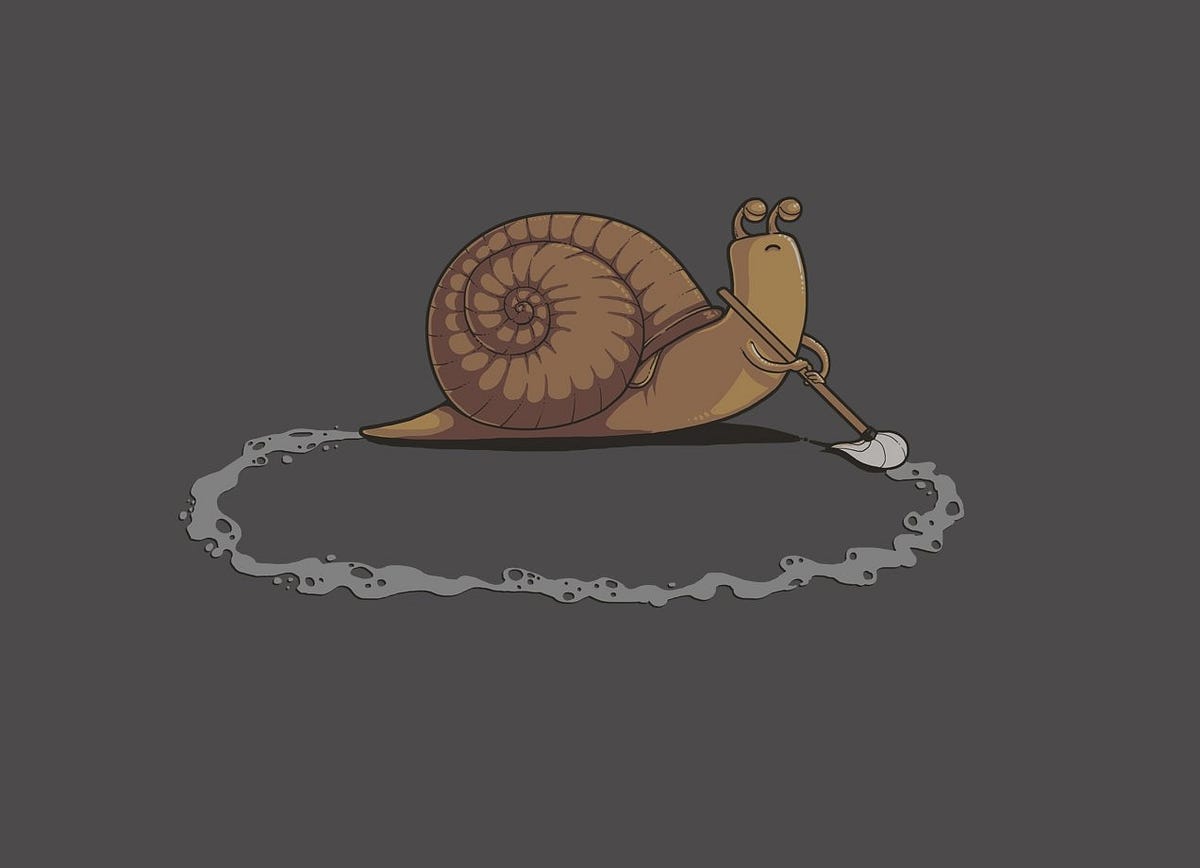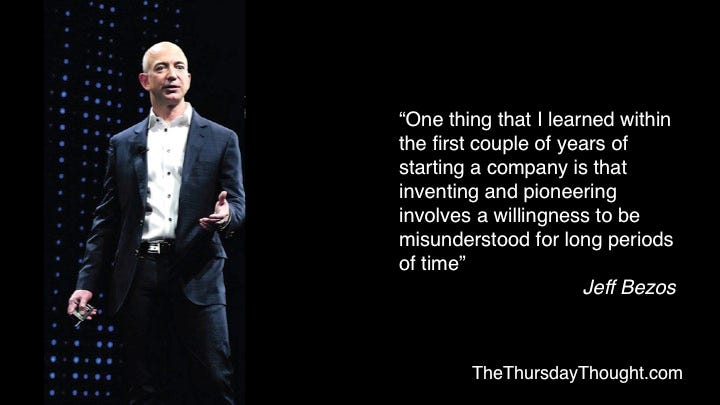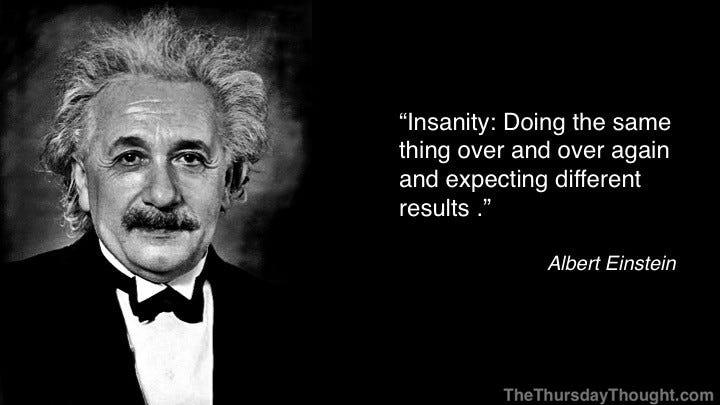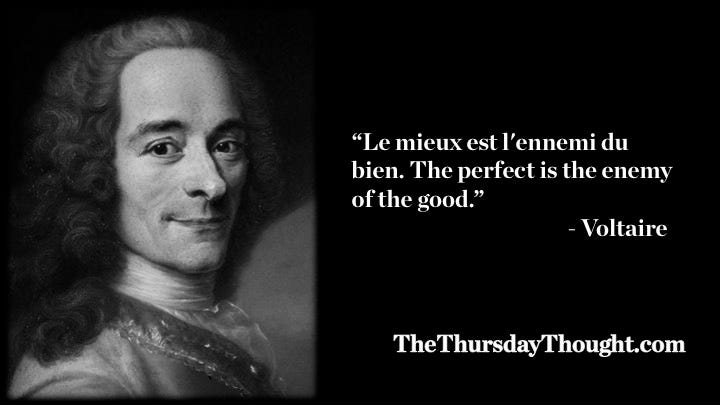
In the 1950s a little known creativity study was conducted at the Institute of Personality Assessment and Research at the University of California, Berkeley. The study remarkably assembled the top architects of the day, including Eero Saarinen, I.M. Pei, Philip Johnson, Louis Kahn, Richard Neutra, George Nelson, and dozens more. The aim of the study was to uncover what made people creative and no better people to study than the most creative people of their era. Architect, maverick thinker, author and guest on this week’s Innovation Show Pieruigi Serraino captured the essence and findings of this study in his book ‘The Creative Architect’.
Often Misunderstood
Until I had read this book and indeed chatted to Pierluigi I had never realised that architects (and creatives in general) are true innovators, pioneers and entrepreneurs. They are often misunderstood, suppressed, but hugely resilient. They have a clear vision in their head, an idea, a creation and they need to articulate that to people who cannot see it, nor understand it.
“One thing that I learned within the first couple of years of starting a company is that inventing and pioneering involves a willingness to be misunderstood for long periods of time. — Jeff Bezos

Egotistical by nature or necessity?
Both the creative and the architect have to be expert salepeople to “sell” the unseen. To describe a spiral staircase without moving their hands. They are often seen as egotistical or overly confident because they need to be. It takes great confidence to persist in a goal that no one else sees, nor understands. To this end the study showed that creativity involved great resilience and definiteness of purpose.
Aesthetics not Economics, Time is of no consequence
The great Eero Saarinen once came into the office and to his great surprise no one was there. When he discovered it was Christmas day he still set about a few hours work. While this is an extreme example, this shows the mindset of the creative. They do not measure time when they want to create something great, they simply want to create greatness. Monetary gain is not the aim, art is and as we have seen with so many successful companies and artists of every kind that mindset often leads to monetary gain as a by-product. The economic value is in fact the lowest value, the aesthetic value reigns supreme.
Most people who work with creative people will recognise that creatives do not work regular hours. So, companies try to square peg them into a round hole system, what if instead the system became flexible?
Organisational Insanity Loops
We are living through a time of unprecedented change. The life cycle of companies is getting shorter and shorter and so many companies are grappling with huge disruption to their business models. Many companies believe digitisation is the answer. They hire a consultancy who suggest new IT infrastructures, app-ification of existing processes and digital optimization of existing methodologies and that will ensure longevity.
All this leads to is a better version of a business or organization. Oftentimes, all this really means is the acceleration of demise.

Einstein defined Insanity as doing the same thing over and over again and expecting different results. This is sometimes known as the definition of insanity loop.
We all know about the above quote and its meaning, yet so many businesses still work within the insanity loop, why is this?
Let us for a moment park reasons such as a short-termism, farming the company to inflate current profits and the unwillingness to change for fear of losing power and position. Most companies are simply not equipped to deal with innovation and creative disruption, they are brand new skills. In addition, many employees and their accompanying skill-sets are not necessarily those required for the business today and indeed tomorrow.
This is not a criticism of these companies (except those Ostrich Companies who stick their heads in the sand and those who block innovation). The world of business has become a moving platform with targets also moving constantly.
If the mountain will not come to Muhammad, then Muhammad must go to the mountain — Change must happen
So many companies are desperately seeking different thinking, seeking change, seeking meaning. However, when they manage to hire the exact people they need, those people often leave and leave quickly. So many organisations know they are broken, yet they will not go through the necessary structural changes to ensure their future. They will rather continue to rearrange the deck chairs of the Titanic until it is well and truly sunk.
If they want new people or indeed to liberate the free thinkers they already have, they (not simply) have to change and endure the huge pains that come with that.
The creative doesn’t tend to be company material in the way we know companies today, so maybe it’s a question of finding a new format for a company — Pierluigi Serraino
Creatives just don’t fit?
The creative may come across different, well, because they are and that is why you hired them. So many people go in to organisations happy and drink the organisational koolade, settle and become miserable in their jobs. It doesn’t have to be that way.
In the creativity study a few nuggets were unearthed. Often the creatives were instilled with positive values as children, but then not micro-managed, but given the freedom to explore, to be curious and to create. Imagine businesses would ascribe to this? Hire good people, immerse them in the company North Star and get out of their way.
Truly creative people hold on to childhood curiosity so businesses need to understand this. The creative will hold a diverse set of interests and skills and they need to nurture these to feel complete.
The creative will often appear detached in groups. This is especially the case when the creative is a rare yellow canary amidst a group of miserable pigeons. This can also be because the creative does not rate the quality of work and is silently protesting. The creative ascribes to Voltaire’s quote (and businesses need to do so also in the age of experience) “Le mieux est l’ennemi du bien. (The perfect is the enemy of the good.)”

Unfortunately, this is also the case in school systems and the truly gifted people are often purged by the system they are in. The huge shame and irony is that they are the very people who could fix the broken systems.
Embrace Diversity
There has been a lot of talk about diversity lately. When a company talks of diversity, for most of us, the mind conjures images of skin colour, race, sexuality, gender, mental and physical handicaps. As an experiment, do a search for diversity in Google images and you will get lots of pictures of different races holding hands.
This is literally small-minded thinking.

If you picture your company as one big brain and you consider that we all have our strengths and weaknesses. We all have elements of the waterbed effect, where we excel in one thing, but don’t in others. This is ok, this is excellent. We need that diverse thinking in the world. We need to hire these diverse thinkers too. In that world, the job of a leader becomes that of a master tactician, the leader needs to know where to place the pieces on the board in order to win.
If you can attract them, keep them, they will ensure the ship sails on the seas for years to come.
THANK YOU FOR READING, IF YOU LIKE THIS POST PLEASE SHARE IT
On this week’s innovation show Episode 31: Creativity and Resilience. We explore what makes creativity and we look at spider-inspired, 3D-printed hydraulic arms.
We have a fantastic chat with architect, maverick and author Pierluigi Serraino on the definition of creativity and innovation through architecture. We talk about how the creative and the architect are truly innovators, often misunderstood and often suppressed, but hugely resilient.
http://www.pierluigiserraino.com/
https://www.amazon.com/Creative-Architect-Inside-Midcentury-Personality/dp/1580934250
Overcoming adversity: the story of Ben Ryan and his spider-inspired, 3D-printed hydraulic arm. Ben Ryan had 2 choices when he found out his new born son would lose his hand. He chose the road less travelled and founded ambionics and created a spider-inspired, 3D-printed hydraulic arm. Ben is crowdfunding the company and needs our help. http://www.ambionics.co.uk/ https://www.indiegogo.com/projects/ambionics-the-future-of-infant-prosthetics
You can subscribe on iTunes here.
Website is here.
TuneIn is here.
Soundcloud and Google play are below.
Google play